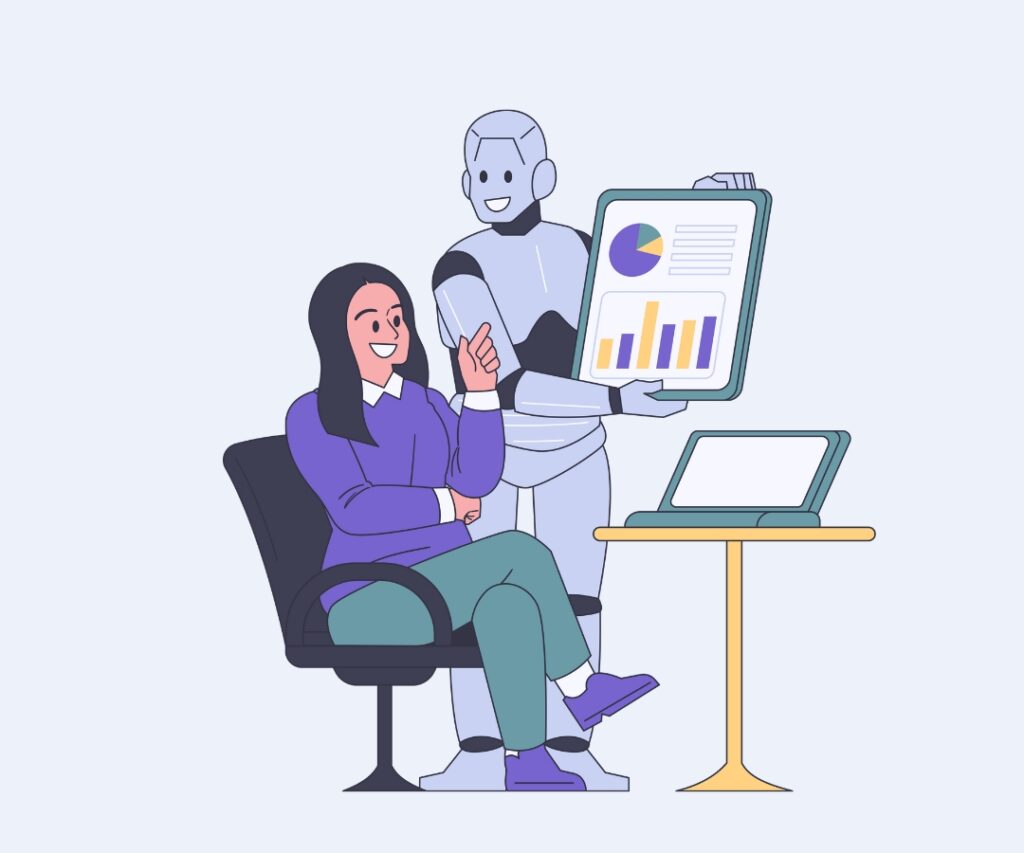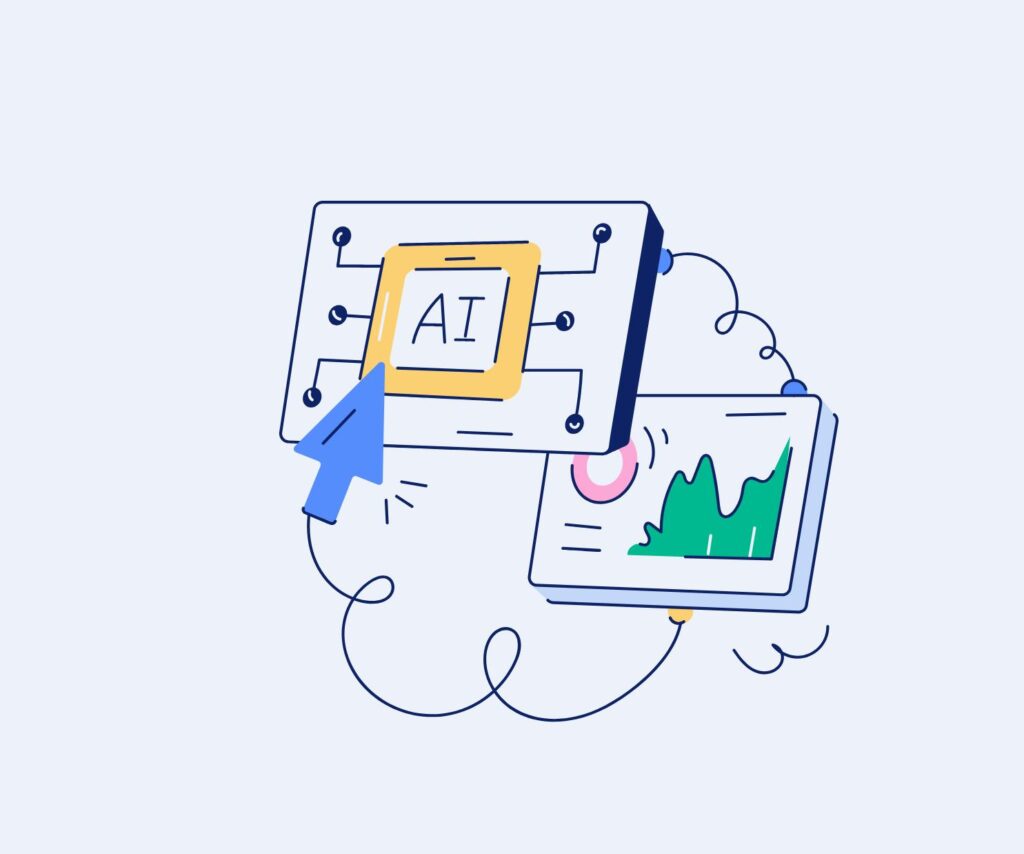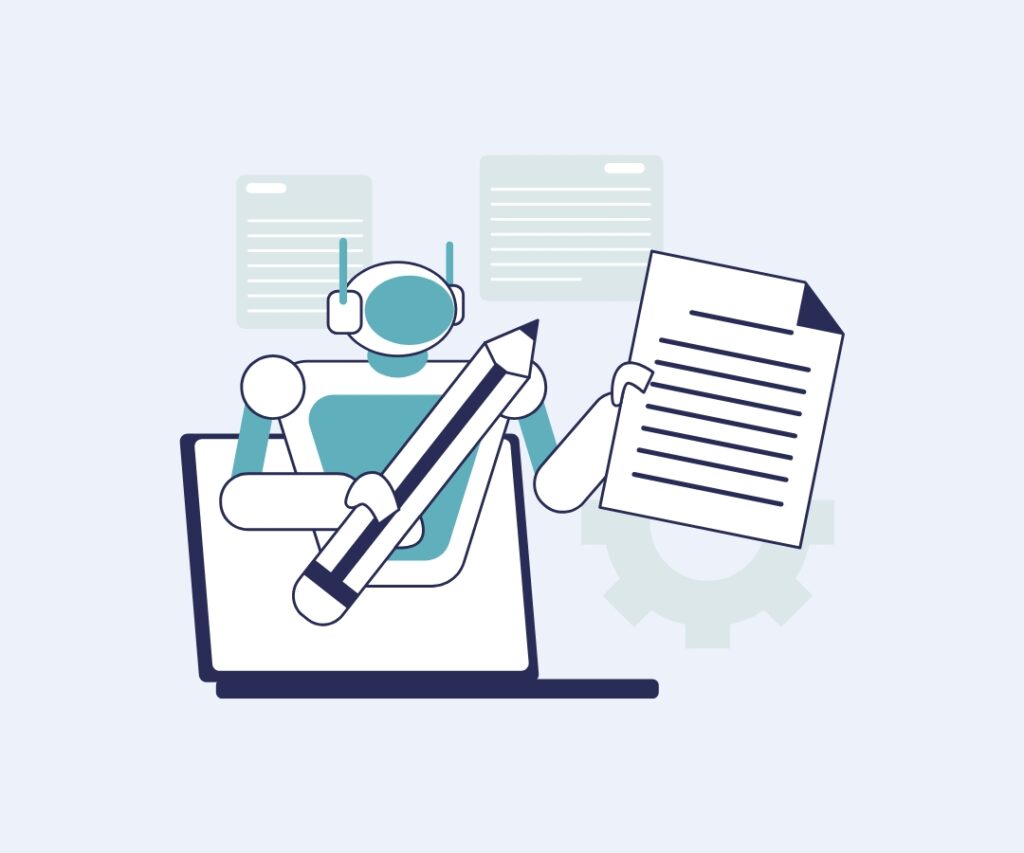At Oktana, we help organizations improve how their teams work by aligning the right technologies with real business challenges. Over the past year, one of the most powerful solutions we’ve provided for our clients is helping them in the integration of Agentforce in Slack—an approach that fundamentally reshapes how sales teams operate on a day-to-day basis.
So, what is Agentforce?
Agentforce is Salesforce’s new platform for building and deploying AI agents. These digital agents are capable of answering questions, performing tasks and automating processes based on your existing CRM and business systems. They can pull live data from Salesforce, take action based on specific triggers and respond to natural language commands.
When integrated with Slack, Agentforce becomes even more impactful. These agents live inside the same communication tool your sales team already uses every day. Reps no longer need to open new tabs, dig through dashboards, or wait for reports. They can ask questions, update records, get reminders, and track performance—all without leaving Slack.
Imagine asking a bot in Slack, “Give me a report detailing our current business opportunities, filter by events, chance of closing the deal, in the west coast of the USAHow many deals are in negotiation this quarter?” and receiving an immediate, accurate answer. Or logging a call, assigning a follow-up task, and updating the opportunity stage—all with a single typed command. That’s the kind of efficiency Agentforce offers, and that’s the experience we tailor for your needs.

At Oktana, we were one of the first tech companies to work hands-on integrating Agentforce with Slack, garnering positive measurable results still seen today. We’ve since developed a full end-to-end process that helps companies deploy, customize, and scale Agentforce inside Slack with confidence.
The following sections break down our exact approach—from discovery and planning to rollout and optimization—so you can see how we turn Agentforce from a promising tool into a real part of your sales operation.
Table of Contents
1. In Depth Discovery and Sales Process Audit
Before we touch a single setting, we go deep into understanding how your sales team works.
We investigate:
- How opportunities move through your pipeline, from first touch to close
- What systems are involved at each stage (Salesforce, Slack, spreadsheets, email, calendar, etc.)
- Where time is lost: manual data entry, repetitive status updates, task handoffs
- What reporting structures are used (dashboards, Excel exports, custom views)
- How your team communicates internally: channels, DMs, tags, and formats
From these interviews and data reviews, we identify friction points that are ideal for automation or real time data support. This insight shapes everything that comes next.
2. Strategic Agent Selection and Slack Configuration
Once we’ve mapped your workflows, we recommend the right set of agents from the Agentforce library. These aren’t generic bots, they’re intelligent AI systems built to solve specific business problems.
For sales teams, we often recommend agents that specialize in:
- Pipeline reporting and opportunity tracking
- Lead qualification and routing
- Forecast updates and trend monitoring
- Post-meeting follow-up and task reminders
- Real time alerts on key account activity
We carefully configure each agent’s Slack integration:
- Assigning agents to the appropriate channels (e.g., #deal-desk, #q4-forecast)
- Setting permissions so only the right people can interact with or trigger automations
- Testing how agents behave in direct messages versus public threads
- Mapping agent functionality to each user role (rep, manager, ops, leadership)
By the end of this stage, your team can interact with intelligent agents directly inside the channels they already use, without needing new tools or new habits.
3. Full CRM and Data Source Integration
To deliver accurate insights and automate updates, Agentforce must be connected to your live systems.
Our developers and architects handle every part of the connection:
- Establishing secure authentication protocols
- Mapping fields and objects (contacts, opportunities, custom objects)
- Ensuring bidirectional syncing—what the agent does in Slack updates your CRM in real time
- Pulling historical data so agents can respond with full context (e.g., “What’s the deal history for this account?”)
4. Natural Language Calibration and Team-Specific Training
The true power of Agentforce is that your team can simply “talk” to the system. But to make this work well, we invest time in teaching the agents how your team speaks.
Our process includes:
- Building a glossary of your organization’s language: product names, acronyms, sales stages, internal nicknames
- Training agents to understand context: if a rep says “big renewal,” the agent understands what account and stage that refers to
- Setting up prompt variants: so “What’s the status of Acme?” works just as well as “Any updates on the Acme deal?”
- Testing agent responses with real salespeople, not just test data
This customization drives adoption. If your team gets helpful answers the first time they ask, they’ll keep asking.

5. Automation of Core Sales Workflows
Once agents are configured and trained, we set its automation to reduce manual work. We identify the highest-impact areas for time savings and consistency, such as:
- Updating opportunity stages based on calendar events or Slack commands
- Automatically assigning new leads to the correct rep based on geography, vertical, or round-robin logic
- Creating post-call tasks with standardized templates
- Logging meeting notes with structured fields and follow-up flags
- Sending nudges when deals have been inactive for too long
Each automation is mapped directly to your current sales playbook and workflows. We test every flow end to end, ensuring no duplicate records, no dropped tasks, and no confusion.
6. Smart Notifications and Team-Level Alerts
Information is only useful if it gets to the right person at the right time. That’s why we design custom notifications and Slack alerts triggered by specific events, such as:
- A new opportunity enters the pipeline above a certain deal size
- A key account logs a support ticket or cancels a meeting
- A rep hits 75 percent of quota and needs a push to finish the month strong
- A competitor is mentioned in a deal note
These alerts can be posted in team channels or sent as direct messages, depending on context and urgency. We also build dashboards that let team leaders see which notifications are being acted on and which are ignored—so adjustments can be made quickly.

7. Custom Agentforce Development
If your sales process involves highly specific tools, internal databases, or unique workflows, we build custom Agentforce agents from the ground up.
This process involves:
- Designing the agent’s conversational flow and business logic
- Defining how it interacts with your systems (APIs, webhooks, or database calls)
- Creating smart error handling and fallback behavior
- Writing custom prompt engineering and agent memory logic
- Testing and hardening performance under load
These agents can do things like pull competitor pricing from your product database, match leads to historical deal outcomes, or combine Salesforce and support ticket data into one answer—all from inside Slack.
8. Testing, Onboarding, and Rollout
We never go live without rigorous testing. Before rollout, we set up staging environments and run simulations:
- Live-fire tests with real users
- Response time benchmarks
- Data accuracy checks across platforms
- Security audits for all integrated systems
9. Ongoing Optimization and Support
After launch, we stay closely involved. Our team monitors:
- Agent usage (Who’s using it? How often?)
- Task completion success rates
- CRM data consistency improvements
- Feedback from sales reps and managers
- System uptime and error rates
Based on this data, we continue to refine prompts, add new automations, and improve agent behavior. We treat the system as a living product—growing with your team, not just serving as a one-time deployment.
Why Sales Teams Choose Oktana for Agentforce in Slack
We were among the first consultancies to roll out Agentforce inside Slack, and we’ve led successful implementations across sectors—from high-growth startups to enterprise sales teams with global operations.
What sets us apart:
- We understand the technical and the human side of the rollout
- We don’t force cookie-cutter solutions—we build for how your team actually works
- We offer long-term support and iteration, not just installation
- We know Salesforce, Slack, and how to make AI agents useful in real-world sales cycles



